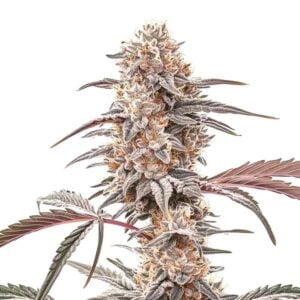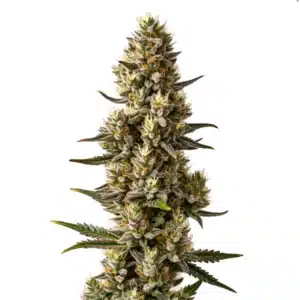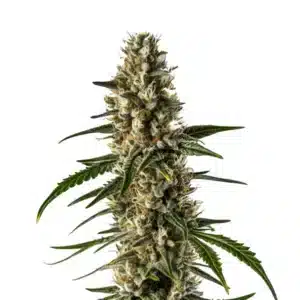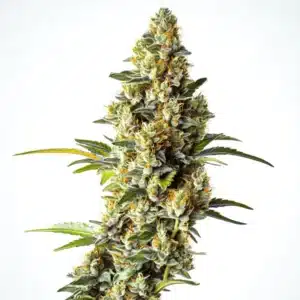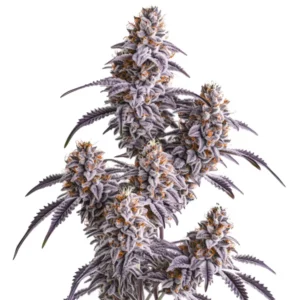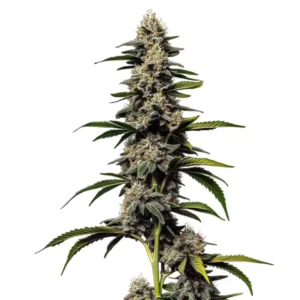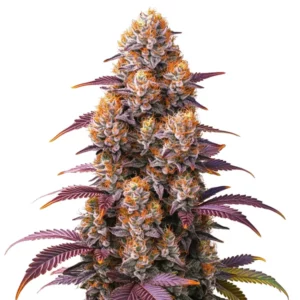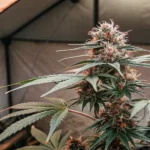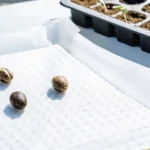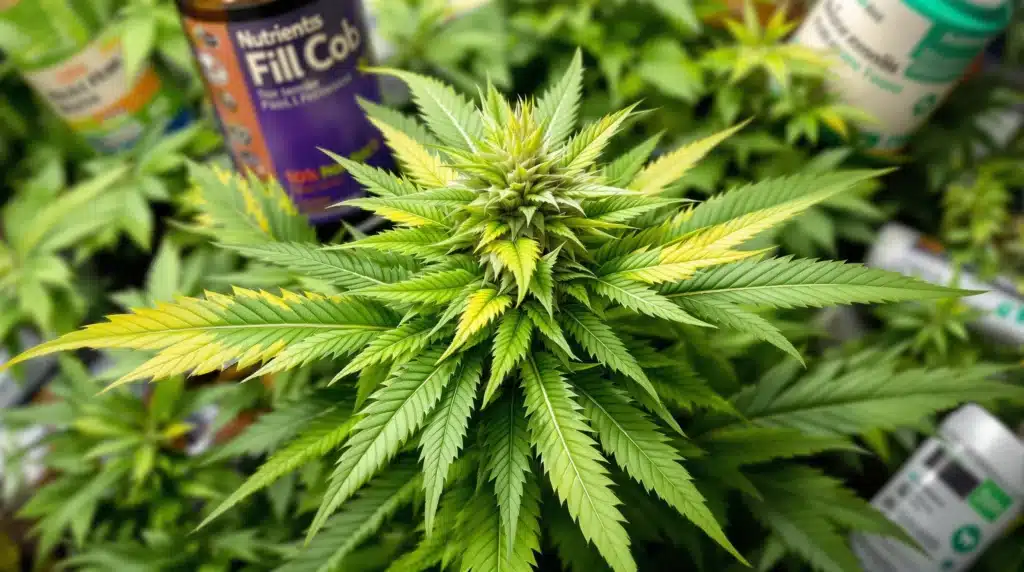
Cannabis Leaves Turning Light Green: Causes and Solutions
Cannabis plants are truly remarkable, displaying a vast array of colors, shapes, and sizes. However, one particularly alarming sight for growers is when cannabis leaves begin to turn a lighter shade of green. This transformation can suggest various underlying issues that could affect the overall health and yield of your plants. By identifying the reason behind this change early on, you can help ensure your plants stay robust and productive.
Why Cannabis Leaves Change Color
As your cannabis plants grow, you may notice their leaves displaying a spectrum of colors. Usually, healthy cannabis leaves are a beautiful dark green, indicating that the plant is thriving and full of vigor. But when those leaves start to turn light green, it can make any grower uneasy. It’s essential to remember that while this color change can sometimes mean there’s a problem, it is not always a cause for alarm. In some cases, light green leaves are part of the plant’s normal development.
Recommended Strains
Biscotti
|
|
THC | 25% - 30% (High) |
|
|
Type | Feminized |
|
|
Yield | Medium |
|
|
Phenotype | 80% Indica / 20% Sativa |
Biscotti Mintz
|
|
THC | 22% - 25% (Medium) |
|
|
Type | Feminized |
|
|
Yield | High |
|
|
Phenotype | 80% Indica / 20% Sativa |
Several factors can lead to light green leaves, including nutrient deficiencies, light exposure, and environmental stress. For instance, if your cannabis plants don’t receive adequate nutrition, they may struggle to produce enough chlorophyll—the pigment responsible for that vibrant green hue. Without enough chlorophyll, leaves may turn yellow and subsequently develop a lighter green color, signaling that changes need to be made.
Nutrient Deficiencies
Nutrient deficiencies are one of the most common reasons for cannabis leaves turning light green. While nitrogen is the most talked about, other nutrients like magnesium and iron are equally critical. Magnesium is fundamental for chlorophyll production, while iron plays several key roles in metabolic functions. If you observe your plants’ leaves taking on a lighter shade, it’s a good idea to assess your nutrient regimen. Ignoring deficiencies can lead to bigger problems down the road.
Identifying signs of nutrient deficiencies can also give you clues about what your plant might need. For instance, if you notice yellow leaves with green veins, it often indicates an iron deficiency. Similarly, if the edges of the leaves start curling or browning, the plant might require more magnesium. Paying close attention to your plants’ symptoms allows for timely corrective actions.
Overwatering and Root Issues
Another potential culprit behind light green leaves is overwatering. When cannabis plants receive too much water, their roots can become deprived of oxygen, leading to root stress. This scenario can manifest in various ways, including lighter leaf coloration. Establishing a solid watering routine is vital. Make sure you’re allowing the soil to dry out slightly between waterings, as this encourages healthy root growth.
In extreme cases, overwatering can lead to root rot, which significantly hampers your plant’s ability to absorb nutrients. To determine whether overwatering is an issue, take a moment to inspect the roots. Healthy roots should be firm and white, a sign of well-aerated soil. If you notice brown, mushy roots instead, it may be time to reassess your watering habits and consider repotting the plant into fresh, dry soil.
Promos & Deals
Light Conditions and Their Effects
The lighting environment for your cannabis plants can drastically influence their overall health and coloration. If your plants are not getting enough light, they’ll stretch out towards the source, often resulting in lighter leaves. On the flip side, exposing them to excessive light can also cause stress, leading to similar color changes. Striking the right balance is key!
For indoor growers, measuring light in lumens or watts is essential. Growers typically use LED or HPS lamps tailored to support different stages of plant growth. Adjusting the intensity of light and the distance to your plants plays a significant role in maintaining lush, green foliage. Remember that healthy plants thrive on the right amount of light, just as much as they need nutrients and water.
Sunlight Exposure
If your cannabis plants are growing outdoors, natural sunlight is a factor in their development. While sunlight is important, too much direct sun without any means of cooling off, like shade, can lead to stress. You might notice light green leaves if your plants are not able to cope with intense heat, especially in scorching climates. The sun patterns in your area can aid in giving your plants the best environment.
To balance light exposure, using shading nets or strategic placement can help during the hottest hours of the day. Conversely, if your plants are overly shaded, they may not receive enough light, resulting in lighter leaves. Ultimately, it’s about finding that sweet spot to ensure your plants get the light they need without becoming overwhelmed.
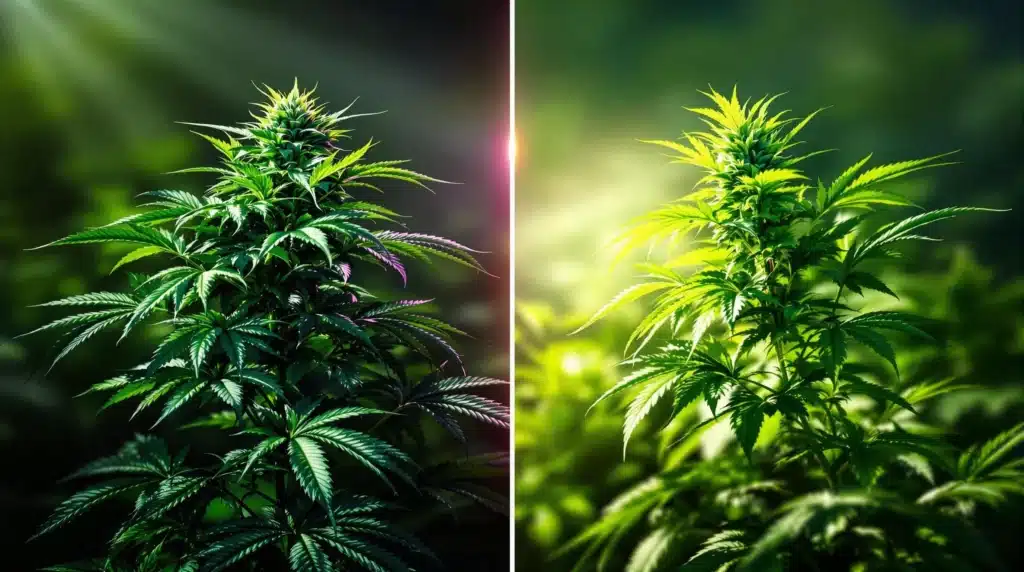
pH Levels and Soil Health
The pH level of your soil is a crucial element that can greatly impact your cannabis plants’ coloration. Cannabis generally prefers a slightly acidic environment, with ideal pH levels ranging between 6.0 to 7.0. If your soil pH falls outside this optimal range, it can significantly compromise nutrient uptake, leading to deficiencies and light green leaves.
Testing the pH of your soil regularly is a wise practice that can provide early warnings about your plants’ health. You can start with DIY soil pH testers, which are quite accessible, or use a digital pH meter for more precision. Adjusting pH is a manageable task—adding lime can raise it, while sulfur can be used to lower it. Keeping your soil in the right pH range ensures that your cannabis plants have access to the nutrients they require.
Soil Composition
Soil composition goes hand in hand with pH levels when it comes to plant health. Soil that is well-aerated and drains effectively usually supports healthy root growth and nutrient absorption. If your soil is compacted or retains too much moisture, it could lead to light green leaves, stunting growth. Hence, it’s essential not only to check pH but also to assess the overall quality of your soil.
When in doubt, consider opting for a soil mix specifically formulated for cannabis cultivation. These mixes often contain the perfect ratio of organic matter, perlite, and vermiculite, all of which promote optimal growth conditions. Regularly inspecting for soil compaction and making necessary amendments can significantly benefit your plants’ health and vigor.
Maintaining Healthy Leaves
To ensure your cannabis leaves remain vibrant and healthy, consistent monitoring is necessary. Observing both color and texture gives you crucial insights into their condition. Here are some valuable tips to maintain your plants’ leaves:
- Provide balanced nutrients at various stages of growth to support vibrant foliage.
- Fine-tune your watering habits based on seasonal changes and plant needs.
- Adjust light exposure to help mitigate any stress your plants might be experiencing.
- Conduct regular soil pH tests to keep your environment optimal.
Creating an ongoing routine for these checks ensures problems can be nipped in the bud before they escalate. Like any living organism, a well-cared-for plant typically results in better-quality buds and a more bountiful harvest. A little vigilance goes a long way!
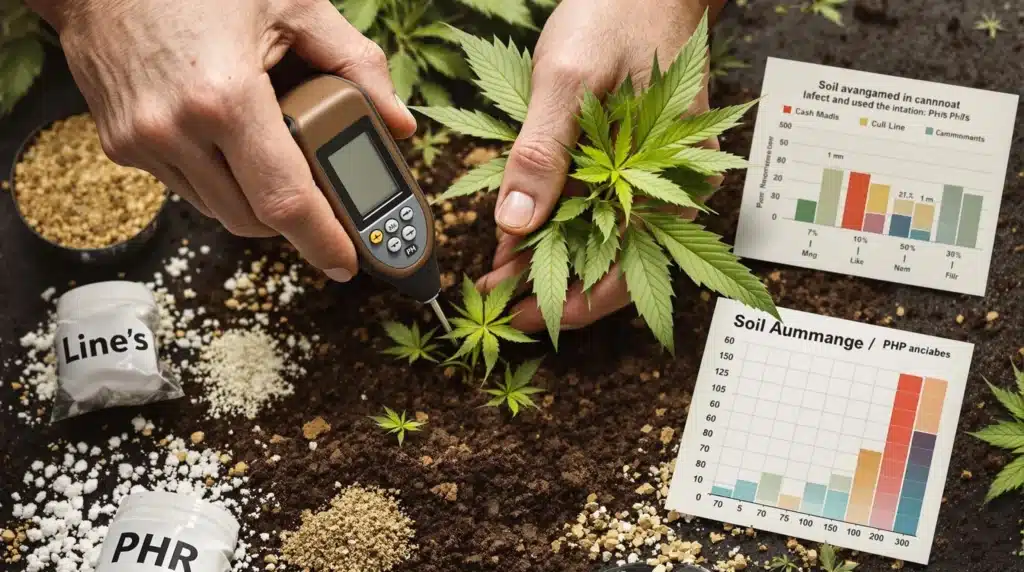
FAQs about Cannabis Leaves Turning Light Green
What does it mean if my cannabis leaves are light green?
Light green leaves can be an indication of nutrient deficiencies, overwatering, light stress, or imbalances in soil pH. Identifying the root cause is essential for implementing the right course of action.
How do I correct nutrient deficiencies in cannabis plants?
Adjust your feeding schedule to include the necessary nutrients. Utilize nutrient-rich fertilizers based on your plants’ specific needs and the growth phase they are in, ensuring they receive balanced nutrition.
Can light green leaves recover?
Yes, with proper care and timely adjustments, light green leaves can rebound. Addressing the underlying causes will help restore your plant’s health and vitality.
What if I overwater my cannabis plants?
If you suspect overwatering, allow the soil to dry out before your next watering. Inspect the roots for rot, and consider repotting if they appear unhealthy, which can aid in rejuvenating your plants.
How often should I check my plants for issues?
Regular inspections are beneficial and should ideally happen daily, especially during growth phases. Keep an eye out for color changes, pests, or any signs of distress that could indicate a need for intervention.


